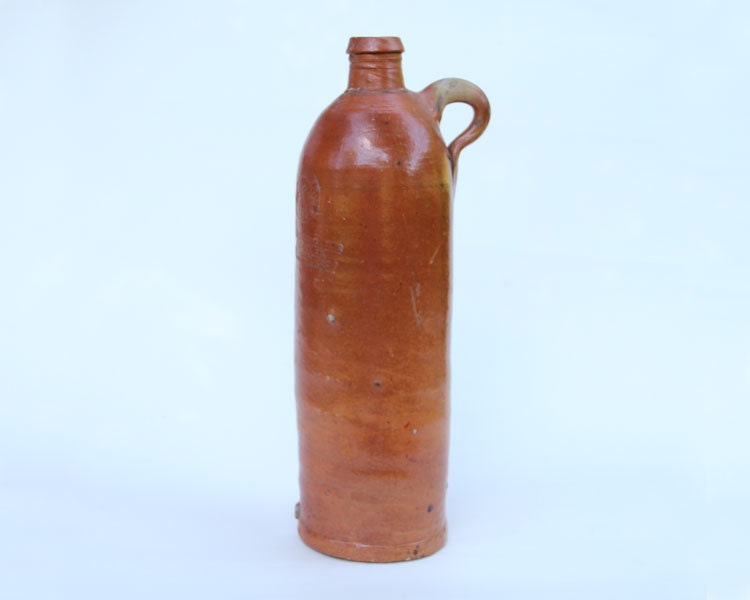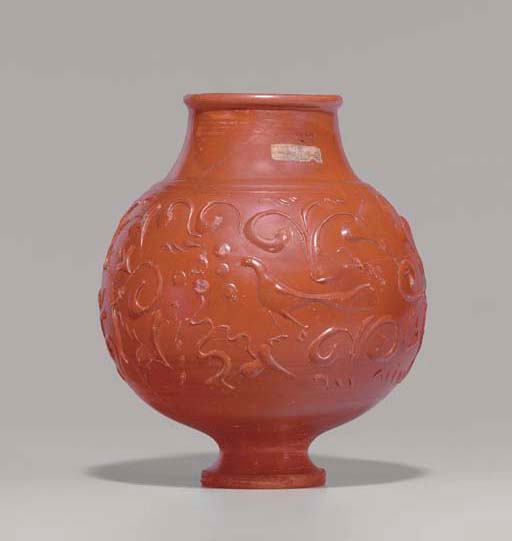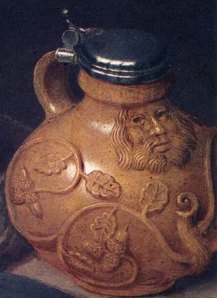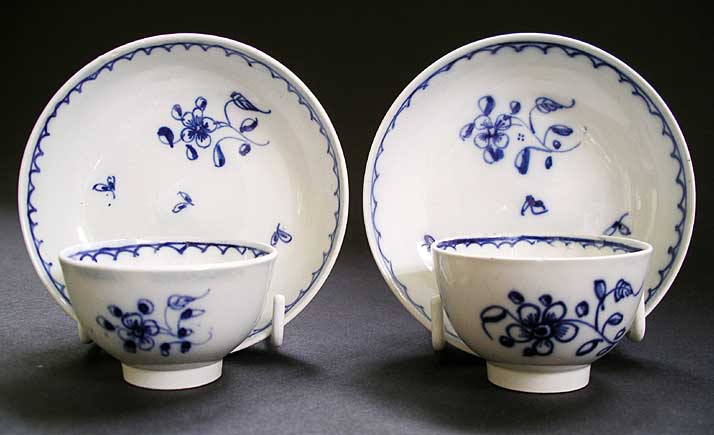A month ago, I found a large piece of stoneware pottery. As I bent down and flipped it over I was pleased to see writing and a picture underneath. 'R.Whites' sits above a stamped plaque of St George and the dragon, their 19th Century logo.
 |
| Mudlarking Find R White trademark logo on Stoneware bottle Circa 1894 |
As we stopped to show each other our finds another mudlarker said he'd spotted another Whites bottle and suggested I picked it up on my way back, so I did
 |
| Mudlarking Find: R Whites London Stoneware bottle |
In the 1840s Robert and Mary White started selling their home made ginger beer from a barrel in Camberwell in South London , made with 'the finest Jamaica Ginger and Refined Sugar only.. and cannot be surpassed for its warming and invigorating properties'. Their business grew rapidly. Their produce range expanded to include lemonade and mineral water and by 1869 R Whites had 5 factories and 16 depots in the Midlands and London.
At some point they could afford to promote their brand via stoneware bottles. The lettering reminds me of J Bourne, covered in this earlier post and I think I read somewhere the bottles were produced in Bourne potteries. The bottles would have been recycled and reused, the ritual captured in an old London school kids rhyme
'R. White's ginger beer goes off pop; a penny on the bottle when you take it to the shop!'.
 |
| R Whites Price List 1888 (British Library) |
Testaments from a court case at the old Bailey in 1894 give a glimpse into the stoneware bottles journey, or perhaps it refers to the glass bottles which came later.
ALEXANDER SMITH , unlawfully selling two bottles of gingerbeer to which a trade mark was falsely applied.
MR. HORACE AVORY. Prosecuted.
GEORGE SURTELL . I am an inspector of the Mineral Water
Bottle Exchange Company, which was formed for the purpose of restoring bottles
to mineral water manufacturers—if bottles get into wrong hands they are sent to
the Exchange, sorted out and sent back to the original owners—on 29th July I
found the prisoner standing with a barrow, on which was gingerbeer, in Acorn
Street, Bishopsgate—I bought from him these two bottles of gingerbeer, each
bearing the trade mark of R. White—I called the prisoner's attention to the
trade mark—he said, "I make my own gingerbeer. I have brought bottles to
the Exchange. I am also a dealer"—I examined the rest of the stuff on his
barrow and found about seven dozen of gingerbeer, four dozen bearing the trade
mark of R. White, and the remainder bearing the names of other well-known
makers—two days afterwards I went to 58, Wentworth Street, a private house
where the prisoner lives in one room—I saw a tub in the back yard and about ten
dozen empty bottles, all bearing the names of different makers—I heard the
prisoner before the Magistrate claim to be tried by a jury.
Cross-examined by the prisoner. I told the man with me to give you the
money, and he gave you 2d.
HENRY CLEMENTS . I am a foreman to R. White and Sons,
Limited, of Camberwell, one of the principal mineral water manufacturers in
London—I produce the certificate of registration of their trade mark, "R.
White," which appears on these bottles—I was with Surtell on 29th July
when these two bottles were bought—they are White and Sons property; they are
never sold—I have not examined the gingerbeer in the bottles, but by the way
the bottles are corked I can tell they were not filled by White and Sons—these
two bottles came from the prisoner's barrow—another man was standing there with
a barrow at the same time; I purchased six bottles of him, and proceedings were
also taken against him.
The prisoners statement before the
Magistrate: "I wish Mr. White would protect his bottles a little better;
I clean them for him and use them, and save them from being destroyed."
The prisoner in his defence stated that
Messrs. White would not receive back their bottles if they were greasy; that he
bought old stuff, and when he had enough of these bottles he sent them back.
HENRY CLEMENTS . Re-examined).
We do not buy these bottles back; they are not allowed to be bought or sold.
GEORGE SURTELL . Re-examined).
We allow twopence per dozen for bottles brought to the Exchange.
GUILTY .— Discharged
on recognisances.
(Old Bailey On Line)
Over the years the company was merged, taken over and in the 1960s absorbed into Britvic, but R Whites lemonade lives on




















.svg/600px-Coat_of_Arms_of_Great_Britain_(1714-1801).svg.png)














